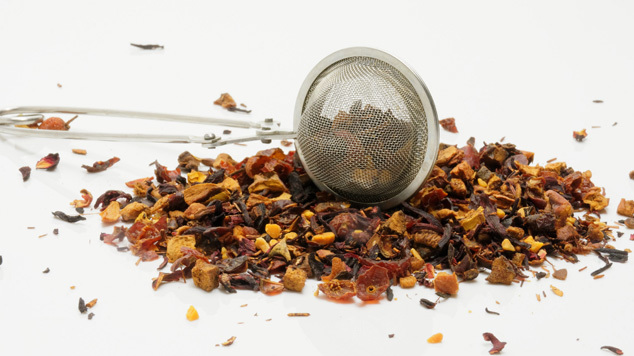
Local importer and tea aficionado Keith Archer says there isn’t a right or a wrong way to brew a cup of tea.
Mr Archer, who runs local tea house Chapels on Whatley is on a mission to get people to relax and enjoy a cuppa instead of worrying about the so-called “rules”.
“You know how you get coffee elitists – don’t burn the milk, it’s got to be at this degree or that degree – at the end of the day it’s there for you to enjoy,” he says.
“You even get these kettles now that tell you what teas should be brewed at what temperature, its rubbish!”
Mr Archer says tea in ingrained into culture, and everyone has their own views on what makes the perfect cup.
“The way tea is drunk in Asian countries is completely different to the way in which tea is drunk in England – it doesn’t make one way better than the other,” he says
“I visit China every year as part of our tea wholesale operation and the Chinese cringe when I add milk to my black tea – but it’s how I like it, so why not?”
Mr Archer says that in all cultures, the ritual of drinking tea revolves around taking time out of your day to unwind alone, or to spend a moment with loved ones.
While there are many different common strains of tea that we all know, such as black and green, Mr Archer stresses that they all come from the same plant and it is the production process that differentiates the types.
“Many people don’t realise that most of the herbal and fruit teas aren’t actually tea at all, they are often dried fruit rather than tea leaves.”
Mr Archer says that some lesser known varieties of tea, such as the ancient Oolong and Pu-erh styles, are gaining popularity here in Australia, but are usually branded here as diet drinks or not acknowledged for what they truly are.
“Pu-erh tea is often known as “the living tea” due to the fermentation process the leaf undergoes during production.”
Pu-erh tea, like Oolong, is known to have has shown to promote a number of health benefits in regular drinkers. While Oolong can help to increase your metabolism, Pu-erh can aid in digestion and lower bad cholesterol.
“My first introduction to Pu-erh tea was in summer on one of my first visits to Yunan, China. Being Summer, the Chrysanthemum flower was added taking the edge off the robust taste to give a sweet aftertaste.”
Chrysanthemum is a common flavouring in Chinese teas, believed to aid in removing heat from your body – and just one of the many ways Mr Archer recommends you could enjoy your own cup.
“The real basis of tea is enjoying it. Relaxing. It’s like meditation,” he says.
Chapels on Whatley has dozens of imported and flavoured teas, curated by Mr Archer. Pop by and have a cuppa with Keith at 196 Whatley Crescent, Maylands.
Leigh Hill





